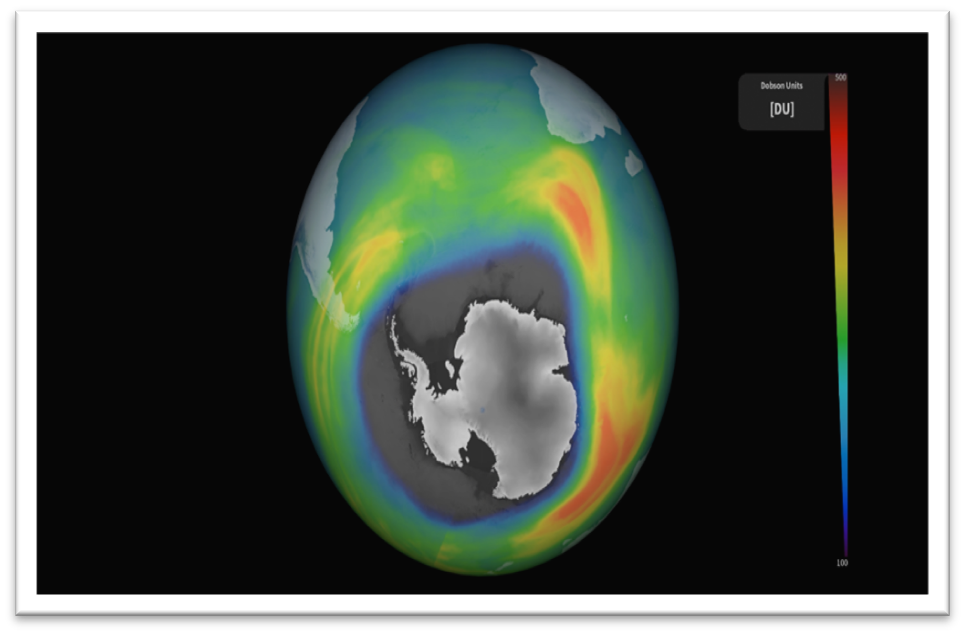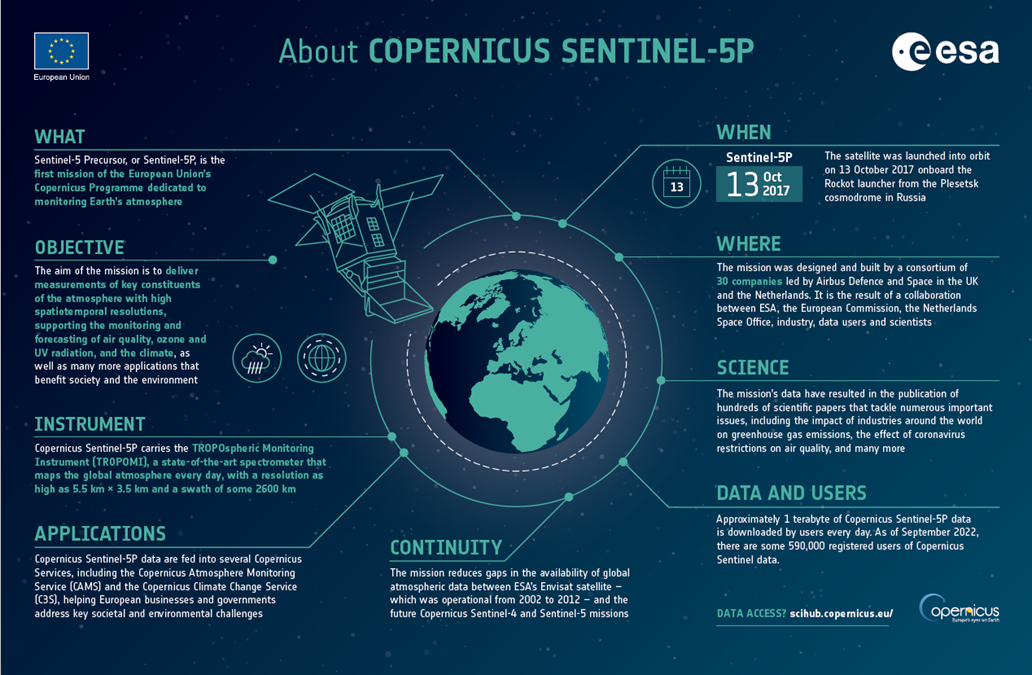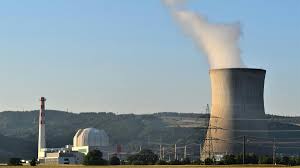- Courses
- GS Full Course 1 Year
- GS Full Course 2 Year
- GS Full Course 3 Year
- GS Full Course Till Selection
- Answer Alpha: Mains 2025 Mentorship
- MEP (Mains Enrichment Programme) Data, Facts
- Essay Target – 150+ Marks
- Online Program
- GS Recorded Course
- Polity
- Geography
- Economy
- Ancient, Medieval and Art & Culture AMAC
- Modern India, Post Independence & World History
- Environment
- Governance
- Science & Technology
- International Relations and Internal Security
- Disaster Management
- Ethics
- NCERT Current Affairs
- Indian Society and Social Issue
- NCERT- Science and Technology
- NCERT - Geography
- NCERT - Ancient History
- NCERT- World History
- NCERT Modern History
- CSAT
- 5 LAYERED ARJUNA Mentorship
- Public Administration Optional
- ABOUT US
- OUR TOPPERS
- TEST SERIES
- FREE STUDY MATERIAL
- VIDEOS
- CONTACT US
Large ozone hole over Antarctica
Large ozone hole over Antarctica
24-10-2023

Latest Context
In October, 2023 Satellite measurements over Antarctica have revealed a massive Ozone hole or "ozone-depleted area," stirring concerns.
The European Space Agency's Copernicus Sentinel-5P satellite captured this significant anomaly.

Ozone Layer
- The ozone layer, found in the stratosphere (good zone), acts as a protective gas shield that absorbs harmful ultraviolet (UV) radiation, safeguarding us from the adverse effects of excessive UV exposure.
- Skin cancer rates are significantly influenced by UV radiation, underscoring the importance of preserving the ozone layer.
Ozone Hole
- An ozone hole is a region of the stratosphere over Antarctica where the ozone layer is exceptionally depleted.
- The ozone hole is not technically a “hole” where no ozone is present. Scientists use the word hole as a metaphor for the area in which ozone concentrations drop below the historical threshold of 220 Dobson Units.
- The size of the ozone hole over Antarctica varies from year to year, typically opening in August and closing by November or December.
- This annual fluctuation is driven by unique climatic conditions over the region.
- The size of the ozone hole over Antarctica varies from year to year, typically opening in August and closing by November or December.
Mechanism Behind Ozone Hole:
-
- The opening of the ozone hole is a result of the Earth’s rotation, which generates specific winds over the enclosed landmass of Antarctica.
- The polar vortex, a band of strong winds around the poles, plays a vital role in ozone hole dynamics.
- During winter, polar vortex forms due to temperature differences and acts as a protective barrier, keeping polar air separate from warmer, lower-latitude air.
- This isolation creates a cold environment for polar stratospheric clouds (PSCs), which trigger ozone-depleting reactions.
- The chemical reactions that occur on the surface of PSCs are responsible for the activation of chlorine and bromine compounds. These compounds, particularly chlorine, are catalysts in ozone-depleting reactions. When exposed to sunlight, they trigger the breakdown of ozone molecules.
- This isolation creates a cold environment for polar stratospheric clouds (PSCs), which trigger ozone-depleting reactions.
- The size and strength of the polar vortex directly impact ozone depletion. When it weakens in spring, mixing with warmer air from lower latitudes gradually closes the ozone hole, replenishing the ozone layer.
- The opening of the ozone hole is a result of the Earth’s rotation, which generates specific winds over the enclosed landmass of Antarctica.
Cause of the Ozone Hole in 2023:
-
-
-
-
- Scientists suspect that the substantial ozone hole observed in 2023 may be attributed to volcanic eruption in Tonga during December 2022 and January 2023.
- Unlike conventional volcanic eruptions, which generally release gasses confined to the lower atmosphere, this eruption propelled a significant amount of water vapor into the stratosphere.
-
-
-
-
-
- This water vapor, in addition to other ozone-depleting elements like bromine and iodine, impacted the ozone layer through chemical reactions, altering its heating rate.
-

Ozone Holes and Climate Change:
-
- Ozone depletion is not considered a primary driver of global climate change. However, there are indications that rising global temperatures may influence the behaviour of ozone holes.
- Recent instances of significant ozone holes have been linked to climate change, particularly the occurrence of wildfires.
- The increased frequency and intensity of wildfires, often fuelled by climate change, inject more smoke into the stratosphere, potentially contributing to further ozone depletion.
- While ozone holes may have a cooling effect, reducing the greenhouse gas effect (the loss of ozone means slightly more heat can escape into space from that region), they can also alter the progression of seasons, leading to prolonged wintertime conditions.

Must Check: Best IAS Coaching In Delhi



